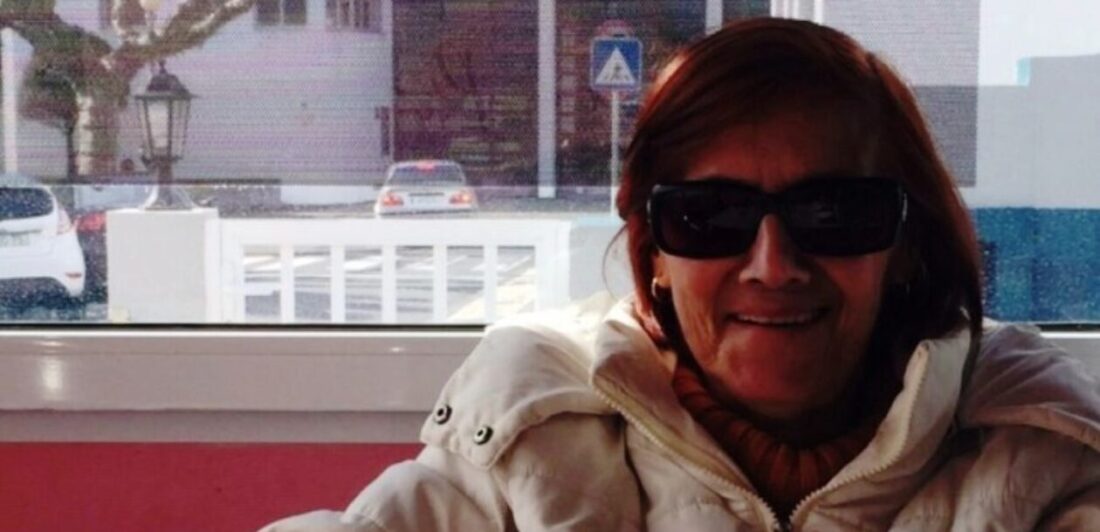Source: Some of the best places to see ancient rock art and artefacts in Australia | NITV
1. Murujuga, Western Australia
WIth a stunning landscape of deep red earth set against azure blue sea and rocky coastal ridges, Murujuga also known as the Burrup Peninsula and the surrounding Dampier Archipelago is home to the highest concentration of rock art on the planet. Outdating the pyramids and Stonehenge, recent tests date this art as amongst the oldest existing anywhere. Traditional custodians are the Ngarluma Yindjibarndi, Wong-goo-tt-oo and Yaburara Mardudhunera peoples. WIth the combination of low rainfall and hard rock, a lot of the art here has remained well preserved in comparison to other sites with high erosion potential.

The Burrup Peninsula, contains perhaps one million petroglyphs, that tell stories of the lives of Aboriginal people over many years (Facebook/StandupfortheBurr)
2. Kakadu National Park, Northern Territory
WIthin the Kakadu National Park, a World Heritage listed site – there are many significant rock art sites, including Ubirr – where some of the best examples of ‘xray art’ can be found, and Nourlangie and Nanguluwur where depictions including early contact with European peoples can also be found. WIth some sites open year round this area contains some of the oldest rock art found. Nearby in Mirrar country, archaeologists recently made the announcement that humans have inhabited the area for at least 65,000 years – 5,000 years more than previously thought. After excavating and testing thousands of Aboriginal artefacts from the Madjedbebe rock shelter , last month, it was found to contain ground-edge stone axe technology in the world and the oldest known seed-grinding tools in Australia among other discoveries.
3. Ku-Ring-Gai Chase, New South Wales
With a distinctively simple design, the rock engravings and art found at the Lambert Peninsula which number over 1500 in a relatively small area is said to be between 5,000- 7,000 years old. The area is of great significance to the Guringai people and large rock engravings of animals and also of the Red Hands Cave – well preserved handprints in ochre from the area of West Head, home to the Garrigal people. The walk through this site can be taken on your own, with markings and explainers along the way. One of the guides in Ku-Ring-Gai National Park, Les McLeod told The Guardian of the site, “A lot of Aboriginal people believe they were created from animals – there are engravings here of wallabies, fish and emus,” says McLeod. “Sydney sandstone is easy to engrave but easy to fade. The Guringai people would have visited a couple of times a year to re-engrave it.”

Rrck art and engravings of the Guringai people of West Head in Ku-ring-gai Chase National Park
4. The Kimberley, Western Australia
This is where you will find Wandjina-style rock art, the unique depiction of large eye and mouthless face spirit figures that also include human characteristics, found nowhere else in the world. Also amongst the most ancient of art to be found, the Gwion Gwion style of art which is characterised by elongated figures can be found here also. WIth depictions including boomerangs, spears and more.

A kangaroo rock art drawing in the Kimberley. Photo from Macquarie University.
5. The Grampians National Park, Victoria
Containing more than 80% of the rock art in Southern Australia, this area features more than 60 art sites, where ‘4,000 different motifs have been identified’. Five main sites are open to the public including one of the state’s most important sites, Bunjil’s shelter which is within the Gariwerd, a spiritually significant area for the local Jardwadjali people. Said to be the creator of the land, people, plants and animals, Bunjil is depicted with reverence in this area. Located at a water hole nearby, Ngamadjidj is another area where remains of campfires and ancient stone tools have been uncovered, revealing the importance of the area and includes the only white ochre art in the National Park.

Aboriginal rock art, Grampians National Park, Victoria, Australia
6. Quinkan Country, Queensland
The Quinkan and Regional Cultural Centre near Laura, located Two hours west of Cooktown – is a popular rock art site, listed as one of the top 10 rock art areas in the world, as ranked by UNESCO. Here you can find Quinkan stencils, engravings and paintings that date between 15,000 and 30,000 years old. You can also find more recent art depicting contact with Westerners. Quinkins are Aboriginal mythological beings and were also made well known through a children’s book telling the story of Quinkin country making this a great spot to come with kids who may have read the book.

Famous for its rock art, Quinkan Country contains a large and dramatic body of prehistoric rock paintings. identified as being at least 15,000 to 30,000yrs old
Connection to Country tells the story of mining industries threatening the the sacred sites and ancient rock art of majestic Pilbara region. Part of NITV & SBS’ #YouAreHere series airing on Sunday, 6 August at 8.30pm on NITV Ch. 34








